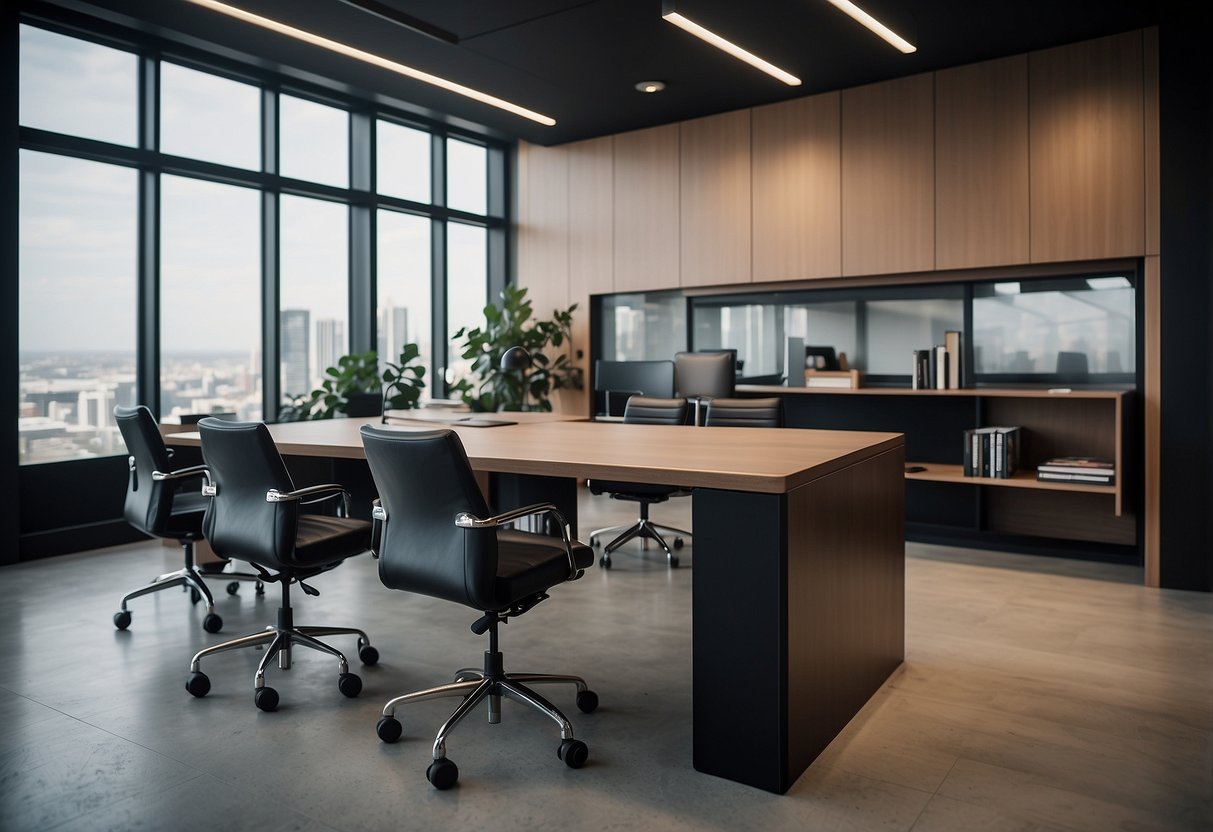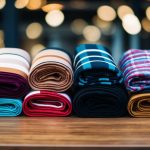
Making a Lasting Impression
First impressions in professional settings often shape one’s career trajectory. Dressing thoughtfully can influence how colleagues and clients perceive one’s competence and reliability.
Dressing for Job Interviews and Networking Events
When attending job interviews or networking events, wearing a smart blazer can set a professional tone. A well-fitted suit or dress helps in exuding confidence and shows that the individual values the opportunity. Accessories should be subtle; a classic watch or simple jewelry can add a touch of sophistication without being distracting.
Attention to grooming is equally important. Clean, well-maintained hair and nails demonstrate meticulousness. Appropriate shoes also play a crucial role; polished, dress shoes convey respect for the occasion. Opting for neutral or muted tones tends to be safe, as flashy colors may detract from one’s professional image.
Preparing one’s attire in advance can alleviate stress on the day of the event, allowing for a more focused and confident presentation. The goal is to feel comfortable yet professional, ready to discuss skills and experience with poise.
Garnering Respect and Credibility Through Attire
Consistent professionalism in dress fosters respect and credibility within a team. Wearing attire that aligns with the company’s culture shows adaptability. For example, in a corporate setting, suits and ties are often appropriate, while business casual might be the norm in more creative industries.
Client-facing roles demand extra attention to attire, as impressions formed in these interactions can affect business relationships. A neat, polished appearance signals reliability and dedication.
Confidence often stems from feeling well-presented. When employees take pride in their appearance, it can positively impact their interactions and work performance. Dressing appropriately is not just about aesthetics but aligns with the ethos of professionalism and respect within any workplace.
Maintaining Professionalism in a Changing World
Maintaining a professional appearance in the modern workplace requires balancing evolving fashion trends and addressing the growing emphasis on diversity and inclusion.
Evolving with Fashion Trends While Remaining Professional
Navigating new fashion trends while maintaining professionalism is crucial. Employees should choose pieces that reflect current styles but still adhere to their company’s dress codes. For example, they might incorporate modern cuts or patterns into traditional business attire, blending innovation with classic elements.
Fashion-forward choices such as slimmer fits or patterned blazers can show awareness of trends. Materials and accessories should also look high-quality and match the overall professional look. This keeps one looking polished without appearing too casual.
Awareness of the organizational culture around dress is essential. While some workplaces may embrace more relaxed styles, others may still expect formal attire. Understanding these expectations ensures that clothing choices enhance one’s professional image without conflicting with company norms.
Addressing Workplace Diversity and Inclusion Through Dress
Dressing inclusively in the workplace acknowledges and respects the diverse backgrounds of colleagues. This can include cultural garments or styles that reflect individual identities, as long as they fit within professional standards.
Employers and employees should foster an inclusive environment where diverse dressing styles are welcomed. This starts with flexible dress codes that accommodate various cultural preferences and needs. Inclusivity in fashion helps everyone feel respected and valued.
Sensitivity to culturally significant attire should be paired with maintaining professionalism. Discussions about dress codes should incorporate diverse perspectives, ensuring everyone feels comfortable and included. For instance, allowing religious attire or making space for traditional clothing during cultural events can promote a more inclusive workplace.



